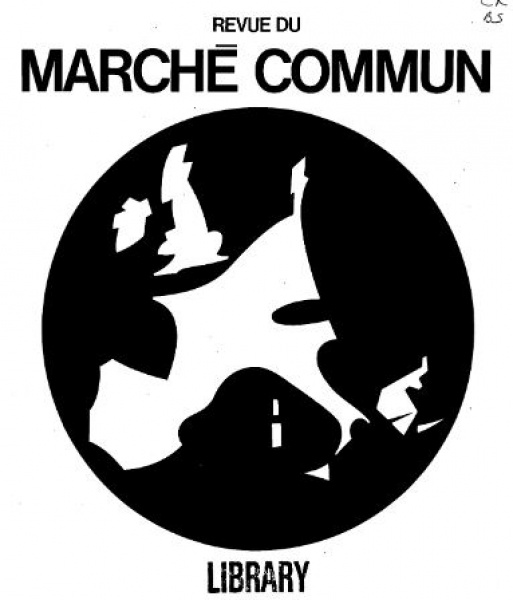La normalisation technique Européenne vue de Luxembourg

Technical standardisation is a hybrid control mode covering a set of general standards. For a few years now, globalisation has been witnessing an invasion of law by such standards, as shown by the ever increasing number of standard production centres (ISO, CEI, UIT, CEN, private consortiums.). Thus while the use of standardisation is part of a global phenomenon with various players, describing European standardisation helps stress its originality, its strengths as well as its weak points. Indeed the way in which technical standardisation was used by European decision-makers made it much easier to complete the European market. In addition, it still plays a key role in the European standard system, but may give the impression that the political purpose consisting of the completion of the single market justifies the legal means, i.e. procedures and bodies designed for that purpose. Therefore it was necessary for the Court of Justice to limit it. The first section of this article will describe the main lines of the European technical standardisation, and the second one will summarise the contribution of the European Union Court of Justices case law in light of the Lisbon Treaty.
| Type | Article |
|---|---|
| Identificateur | urn:issn:0035-2616 |
| Language | Fr |
| Length | 387 394 |
| Discipline(s) |
|
| Publication date | 2010-06 |
| Notes |
|
| ULB Institutional Reference | http://hdl.handle.net/2013/ULB-DIPOT:oai:dipot.ulb.ac.be:2013/184744 |

